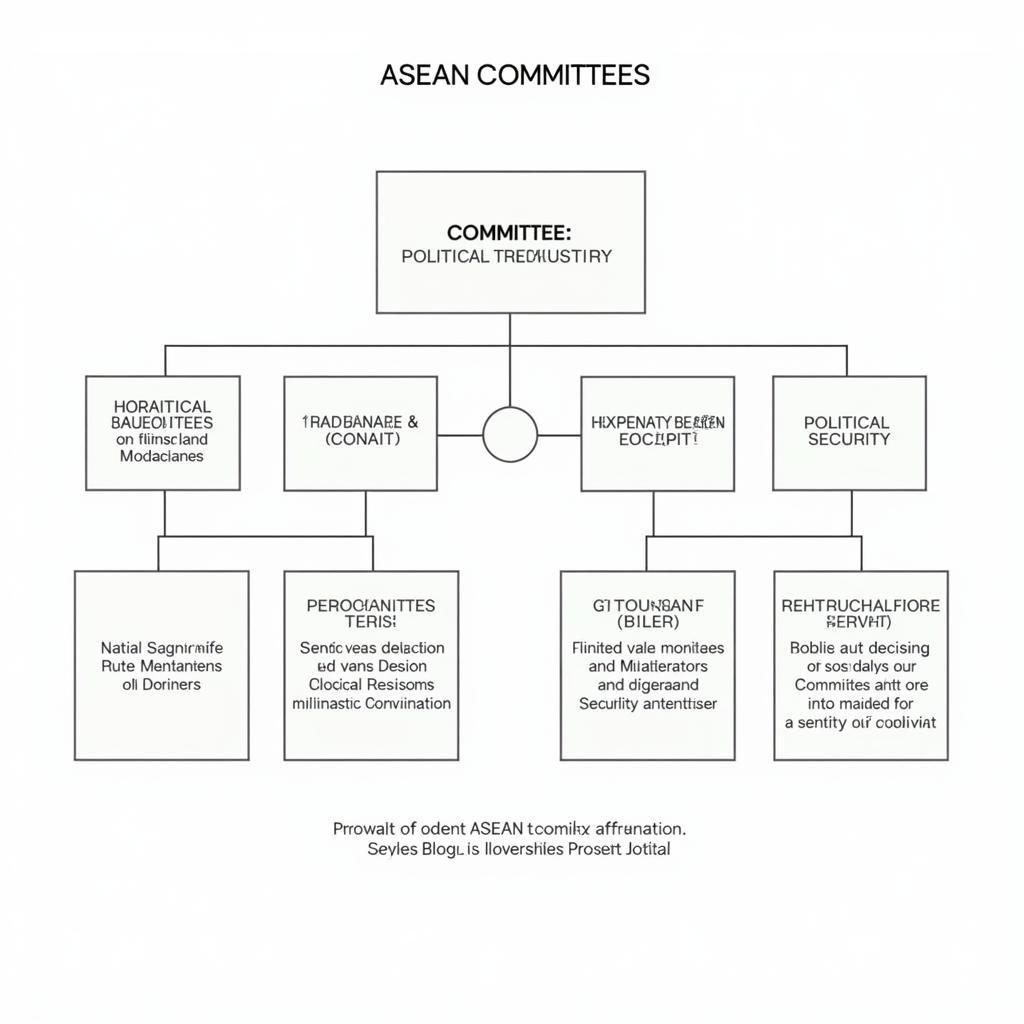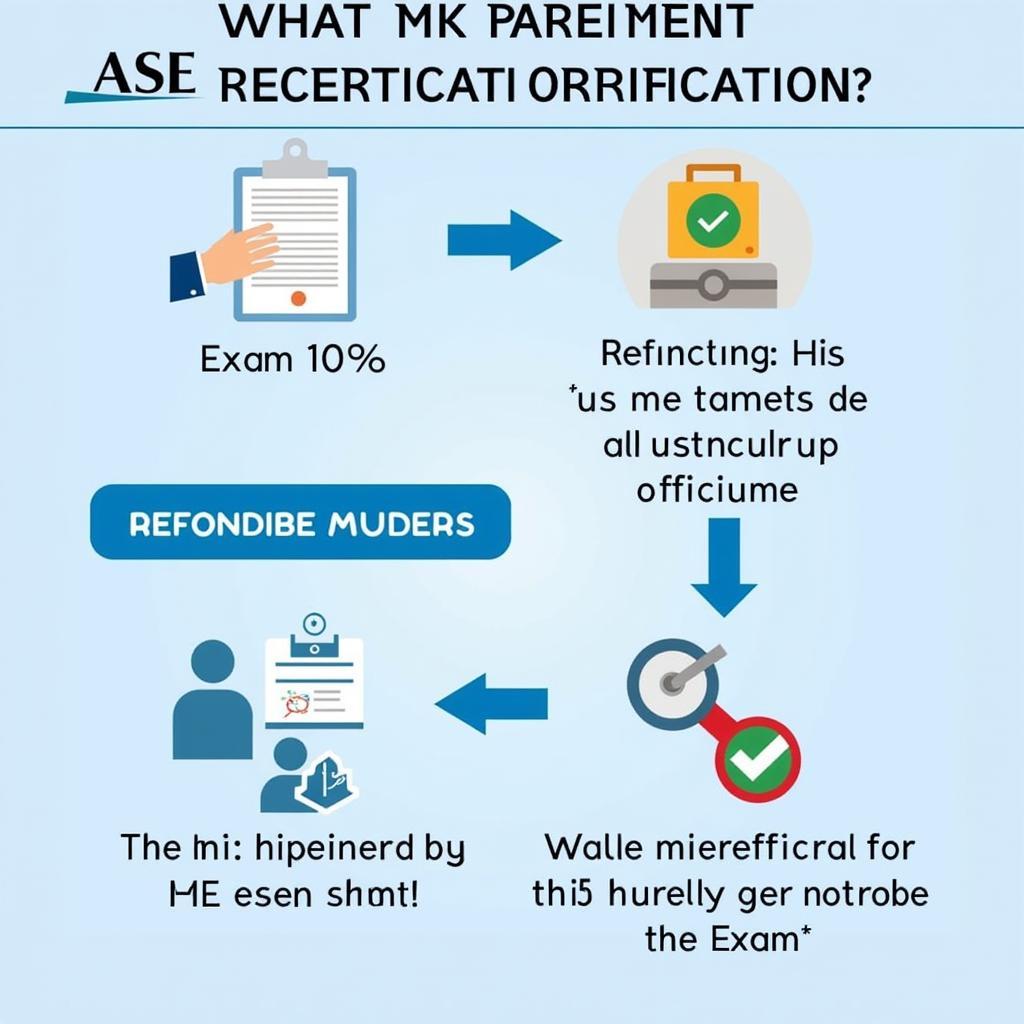ASEAN committees play a vital role in the organization’s function, driving collaboration and integration across Southeast Asia. These committees, formed by ASEAN member states, address a wide range of issues, from economic cooperation to socio-cultural development and political security. Understanding their structure and function is key to grasping the dynamics of this vibrant regional bloc. This article provides a comprehensive overview of ASEAN committees, exploring their diverse roles and contributions to regional development.
The Importance of ASEAN Committees
ASEAN committees serve as the engine rooms of the organization, facilitating discussion, negotiation, and implementation of policies across its diverse areas of focus. They provide a platform for member states to share expertise, address common challenges, and work towards shared goals. The committees contribute significantly to ASEAN’s overall aim of fostering peace, stability, and prosperity in the region.
You can learn more about the ASEAN organization in general at about asean organisation.
These committees operate at various levels, from ministerial-level bodies to specialized working groups, ensuring comprehensive coverage of ASEAN’s extensive agenda. They are crucial for translating high-level agreements into concrete actions, fostering cooperation among member states, and building a more integrated and resilient Southeast Asia. Through the work of these committees, ASEAN strives to enhance the lives of its citizens and strengthen its position on the global stage.
Types and Functions of ASEAN Committees
ASEAN committees are categorized based on their focus areas, mirroring the three pillars of the ASEAN Community: Political-Security Community, Economic Community, and Socio-Cultural Community.
Political-Security Community Committees
These committees focus on maintaining regional peace and stability. They address issues like transnational crime, terrorism, and maritime security. Examples include the ASEAN Political-Security Community Council and the Committee of Permanent Representatives.
Economic Community Committees
These committees are dedicated to fostering economic integration within ASEAN. They work towards creating a single market and production base, promoting trade and investment, and enhancing regional competitiveness. Key examples include the ASEAN Economic Ministers Meeting and the Committee on Trade and Investment.
Socio-Cultural Community Committees
These committees focus on enhancing social development and promoting cultural exchange. They address issues like education, health, environment, and disaster management. Examples include the ASEAN Socio-Cultural Community Council and the Committee on Culture and Information.
For those interested in academic research opportunities, you can explore the ase undergraduate research registration ut austin.
 ASEAN Committee Structure Diagram
ASEAN Committee Structure Diagram
How Do ASEAN Committees Work?
ASEAN committees typically operate through regular meetings and consultations. They involve representatives from each member state, who collaborate to formulate recommendations and implement agreed-upon actions. The committees also engage with external partners, including other international organizations and dialogue partners, to enhance regional cooperation and address shared global challenges.
More about ASEAN meetings can be found here: ase meeting.
Decision-Making Processes in ASEAN Committees
Decisions within ASEAN committees are generally made through consensus, reflecting the organization’s emphasis on collaboration and mutual respect. This approach ensures that all member states have a voice and that decisions are reached collectively, fostering a sense of ownership and shared responsibility.
The Future of ASEAN Committees
ASEAN committees are constantly evolving to adapt to the changing regional and global landscape. As ASEAN continues to deepen its integration and expand its engagement with the world, the role of these committees will become even more critical. They will be instrumental in navigating emerging challenges, seizing new opportunities, and shaping the future of Southeast Asia.
Conclusion: The Power of Collaboration through ASEAN Committees
ASEAN committees are the backbone of the organization, driving cooperation and integration across Southeast Asia. They play a vital role in addressing a wide range of issues, from political security to economic development and socio-cultural progress. By understanding the functions and impact of these committees, we gain a deeper appreciation for the complexities and potential of ASEAN as a regional bloc. ASEAN committees are crucial for achieving the organization’s vision of a peaceful, prosperous, and integrated Southeast Asia.
FAQ
- What are the main functions of ASEAN committees?
- How are ASEAN committees structured?
- How do ASEAN committees make decisions?
- What are the three pillars of the ASEAN Community?
- How do ASEAN committees contribute to regional integration?
- What are some examples of ASEAN committees?
- How can I find more information about specific ASEAN committees?
Common Scenarios and Questions:
-
Scenario: A researcher is looking for information on ASEAN’s trade policies.
-
Question: Which ASEAN committee is responsible for trade and investment matters?
-
Scenario: A student is studying the role of ASEAN in promoting regional security.
-
Question: What are the key committees involved in the ASEAN Political-Security Community?
-
Scenario: A businessperson is interested in investing in ASEAN.
-
Question: Where can I find information about ASEAN economic cooperation initiatives?
Further Exploration
Explore related articles on our website for more in-depth information on specific ASEAN committees and their activities. You can also contact us directly: ase contact us directly http t.cn rhity4q. Information regarding ASEA director can be found here: asea director 700.
Call to Action
For any assistance or inquiries regarding ASEAN, please contact us at Phone Number: 0369020373, Email: aseanmediadirectory@gmail.com, or visit us at Thôn Ngọc Liễn, Hiệp Hòa, Bắc Giang, Việt Nam. Our customer service team is available 24/7.
